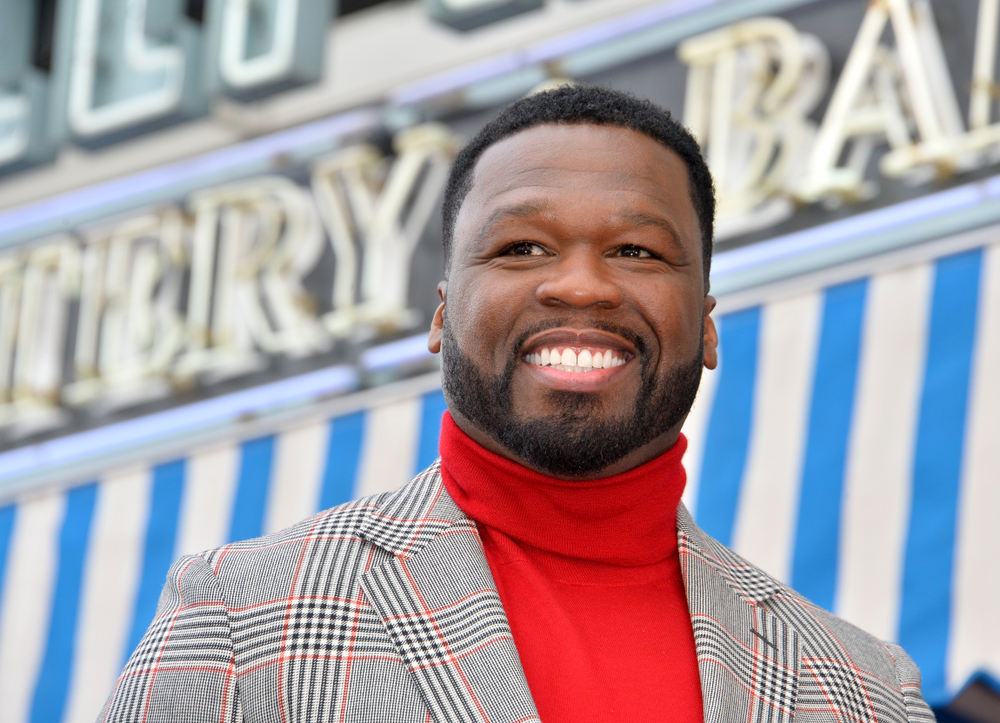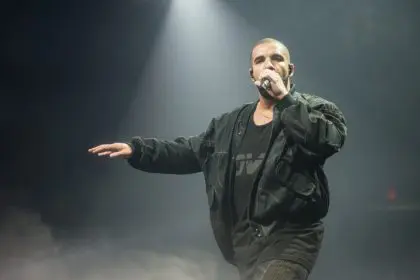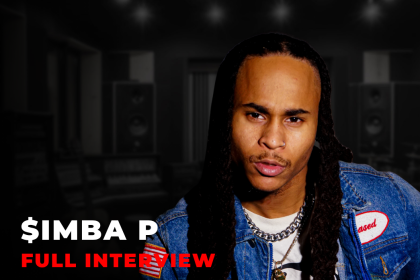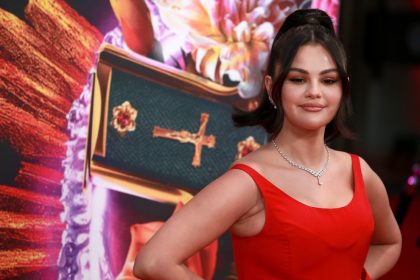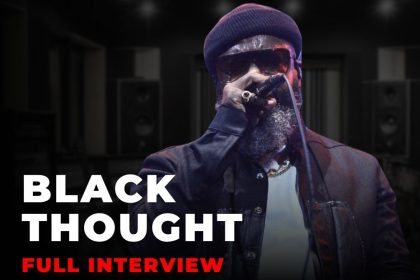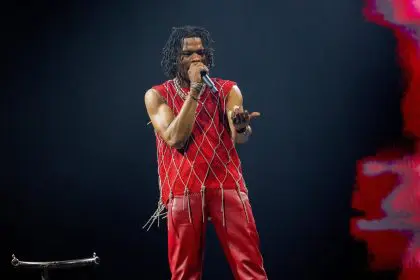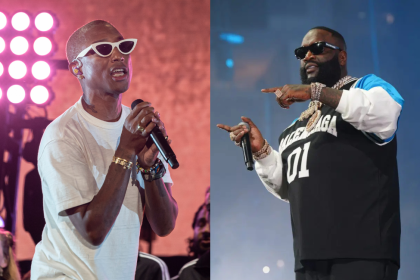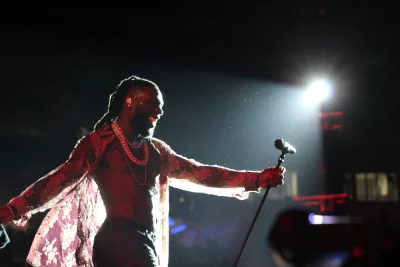The hip-hop landscape has witnessed a significant shift as 50 Cent voices his strong opposition to J. Cole’s recent withdrawal from the ongoing tension between Drake and Kendrick Lamar. The veteran rapper’s stance has ignited a broader conversation about the essence of competition in modern hip-hop culture, bringing to light the delicate balance between maintaining industry relationships and upholding the genre’s competitive traditions. This development marks a crucial moment in hip-hop history, where the old guard’s competitive mentality clashes with a new approach to industry relationships.
The situation gains additional complexity when considering the commercial implications of such rivalries in today’s streaming-dominated market. While traditional hip-hop battles often led to increased record sales and media attention, the modern landscape offers different metrics of success, including social media engagement, streaming numbers, and brand partnerships.
Understanding Cole’s withdrawal
J. Cole‘s strategic decision to distance himself from the brewing conflict marks a departure from hip-hop’s conventional approach to rivalry. Rather than engaging in the expected lyrical warfare, Cole has chosen to preserve his professional relationships, a move that has divided his fanbase and attracted criticism from industry veterans. This approach reflects a growing trend among newer artists who view industry relationships as valuable assets rather than potential battlegrounds.
Cole’s history of thoughtful engagement with controversial topics makes his withdrawal particularly noteworthy. His previous works have often addressed industry politics and competition, but his current stance suggests a evolution in his perspective on hip-hop’s competitive nature. This shift mirrors broader changes in the industry, where collaboration often yields more significant commercial success than conflict.
The power player’s perspective
50 Cent’s critique stems from his experience during hip-hop’s golden era of battle rap and street-oriented competition. His own rise to fame was marked by numerous high-profile feuds and musical confrontations, which he credits with shaping his artistic identity and commercial success. During his appearance on Big Boy Radio, 50 Cent articulated his disappointment with Cole’s approach, emphasizing that competition serves as the ultimate measure of artistic prowess in hip-hop.
The veteran rapper’s perspective highlights a generational divide in hip-hop culture. While older artists often view competition as essential to artistic growth, newer generations increasingly prioritize networking and collaboration. This disconnect raises questions about the future of hip-hop’s competitive element and its role in artist development.
Evolution of hip-hop battles
The genre’s rich history of rivalries has consistently driven artistic innovation and excellence. Notable examples include:
- The East Coast-West Coast rivalry of the 1990s
- Jay-Z and Nas’s legendary confrontation
- The Game and 50 Cent’s fierce competition
- Meek Mill and Drake’s social media era battle
- Push T and Drake’s revealing exchanges
These historic conflicts have shaped hip-hop’s cultural landscape, often resulting in classic albums and memorable performances. Modern battles, however, unfold differently, with social media playing a crucial role in how narratives develop and resolve. The instantaneous nature of online platforms has transformed how artists engage in competition, sometimes leading to more heated but shorter-lived confrontations.
The industry impact
The ripple effects of Cole’s decision extend beyond personal choice, potentially influencing the future dynamics of hip-hop competition. This shift raises concerns about the preservation of rap’s competitive edge while navigating modern industry relationships. The situation highlights the evolving nature of hip-hop conflicts, where social media and instant communication have transformed how rivalries develop and resolve.
Record labels and industry executives now face the challenge of managing artist relationships in an era where collaboration often proves more profitable than conflict. Marketing strategies must adapt to this changing landscape, where traditional battle-driven promotion may no longer resonate with younger audiences who value authenticity and personal growth over confrontation.
The future of hip-hop competition
As the genre continues to evolve, the industry faces crucial questions about maintaining its competitive spirit while fostering a collaborative environment. The situation challenges artists to find new ways to showcase their skills without compromising their professional networks, potentially leading to more sophisticated forms of artistic rivalry.
The emergence of digital platforms has created new arenas for competition, from streaming numbers to social media engagement. These metrics have begun to replace traditional measures of success, such as battle rap victories or diss track responses. Artists must now navigate this complex landscape while maintaining their artistic integrity and commercial viability.
The role of fans in this evolution cannot be understated. Their consumption habits and response to different forms of competition significantly influence how artists approach rivalry. The immediate feedback loop created by social media has made audience reaction a crucial factor in how conflicts escalate or resolve.
As hip-hop continues to dominate global popular culture, the way artists handle competition will likely continue to evolve. The genre’s ability to adapt while maintaining its core values of lyrical excellence and authentic expression will determine its future trajectory. Whether following Cole’s diplomatic approach or 50 Cent’s competitive philosophy, artists must find their path in an increasingly complex industry landscape.

